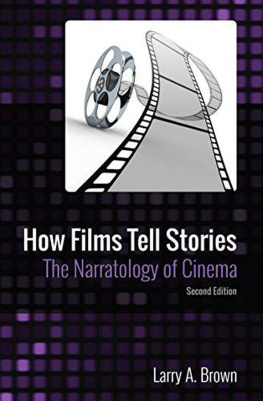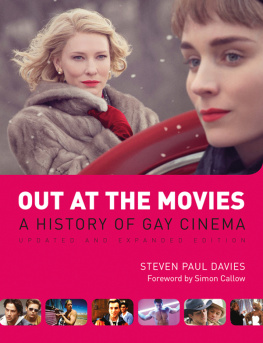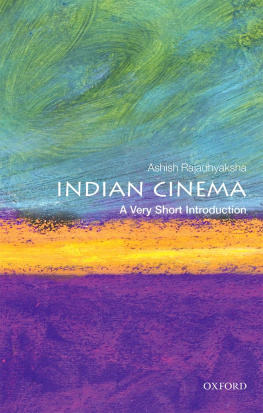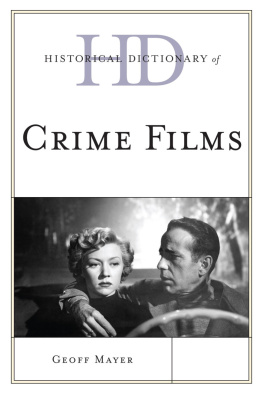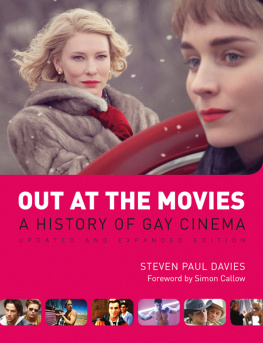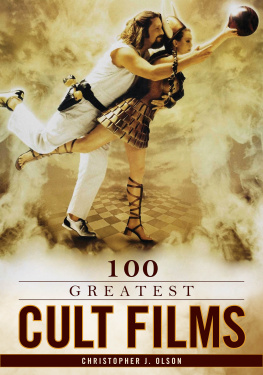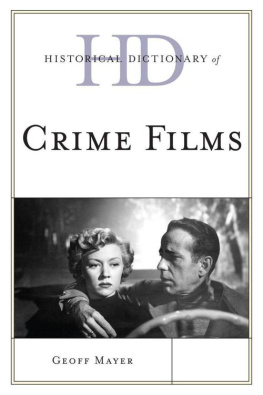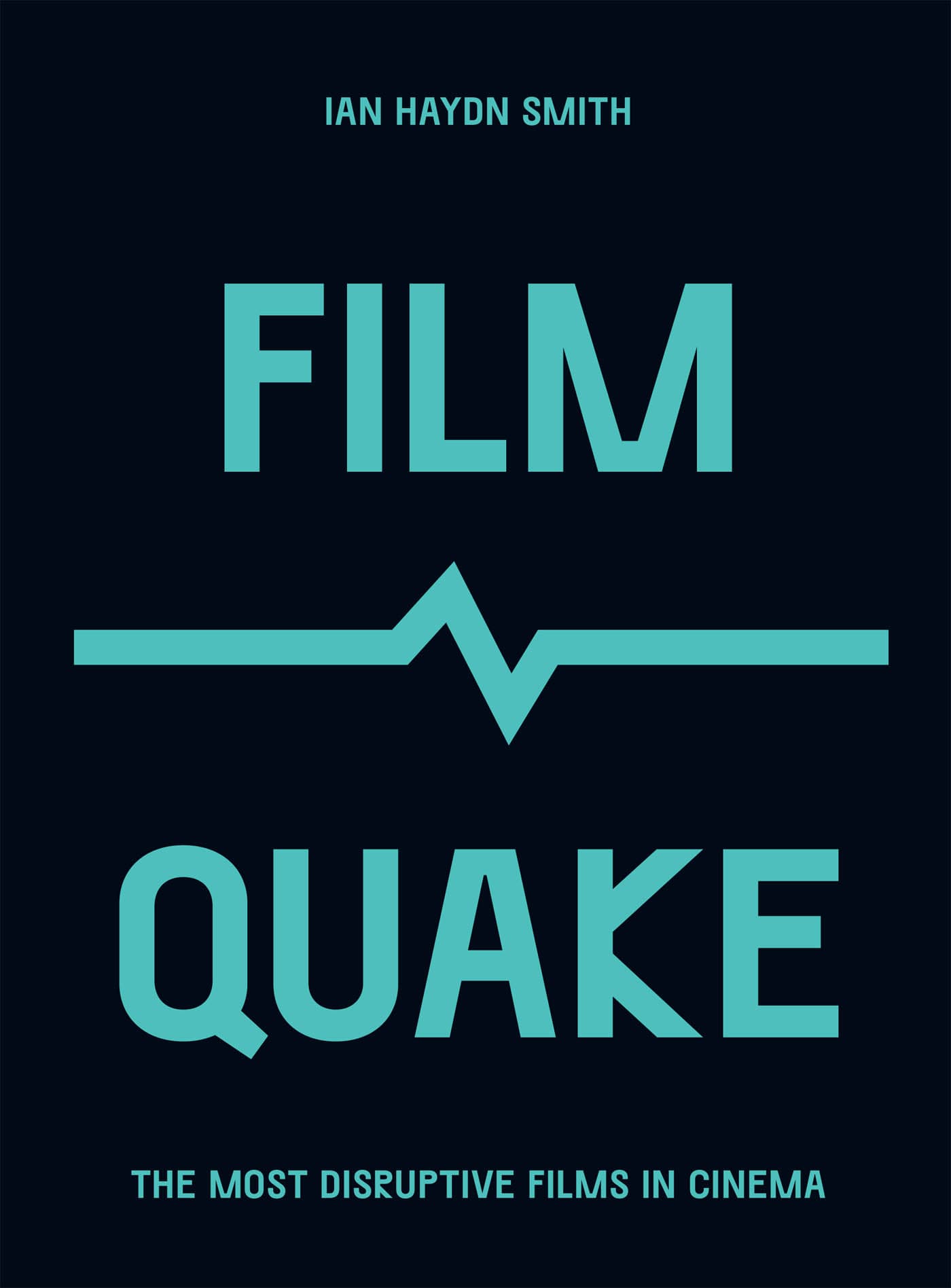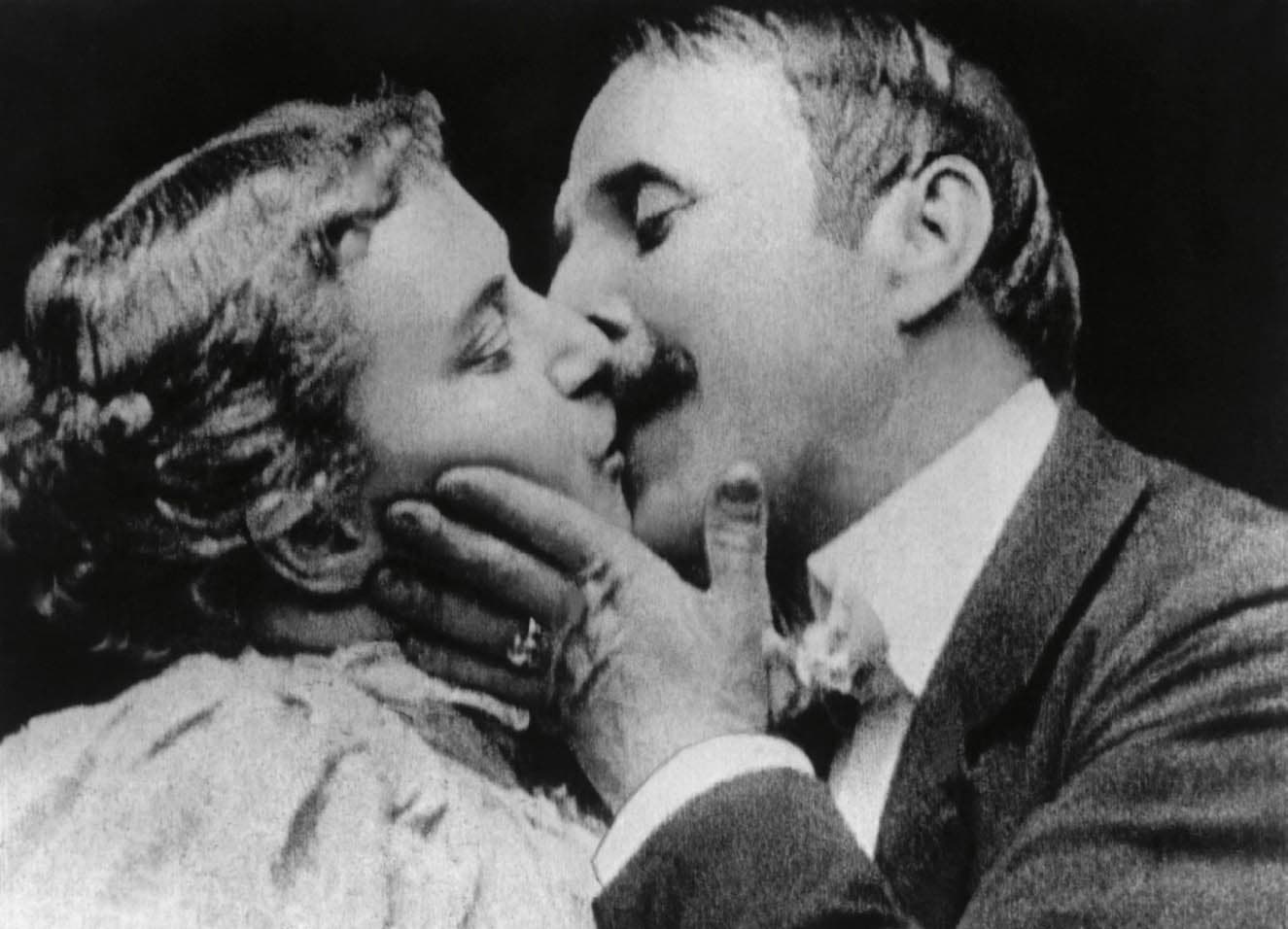The controversy surrounding The Kiss (1896) began cinemas relationship with sex
From its inception cinema shocked audiences. Not because of what was being shown although controversies regarding content would become a constant in the mediums history but through its very existence. The shock of the new lay in the projection of moving images that captured our world, which could be replayed over and over again, and eventually be manipulated in ever more imaginative ways. Audiences might have consumed films passively, but the medium was defined by action. And those actions frequently proved to be provocative.
This provocation has appeared in various forms. Discussion of the medium often revolves around its transformative power, of the films that have made a significant impact. But even this notion requires clear definition. Like all art forms, cinema exists in a state of constant evolution. Over the course of the last 125 years, it has made both incremental and giant leaps forward. With hindsight, many of these shifts appear to be a natural progression in the mediums development, but at the time these ground-breaking films were seen to be taking great risks, incurring the wrath of the cinematic establishment, sometimes even society at large. But how did these disruptions impact the wider world? And have they always been a force for good? These are some of the questions explored in this book.
To journey through cinemas relatively short history is to witness a form regularly undergoing seismic changes. The actuality films that first appeared, single-shot recordings of everyday events as well as the more magical experiments with the mediums power of illusion, as evinced in the wealth of films by Georges Mlis soon gave way to narrative dramas and feature films; the move from one to the other was a result of the increased sophistication in editing, which expanded the mediums language. At the same time, what was being screened highlighted for some the danger of this new entertainment. The 18-second film The Kiss (1896) earned the censure of the Roman Catholic Church and prompted calls for a moral code to oversee what audiences could watch in the US. The pattern of shock and outrage would continue, whether it was the steamy passion of Greta Garbo and John Gilberts films, the strangeness of Tod Brownings Freaks (1932), Hedy Lamarrs controversial role in Ecstasy (1933), or Jane Russells provocative appearance in The Outlaw (1943). A relaxation towards sex and violence, along with a nascent counterculture, in the 1960s and 1970s saw the medium undergo a dramatic change. Many of the controversies from that era echoed through the decades and debates over representations of sexuality and violence in films such as Natural Born Killers (1994), Kids (1995), Crash (1996) and Cuties (2020). For the most part, these films didnt engage with taboo subjects merely to shock, but to question attitudes towards them. And through such questions, attitudes sometimes changed.
The controversy of some early films did see the introduction of censorship in national cinemas, most notably in the US with the formation of the Motion Picture Producers and Distributors Association (the Motion Picture Association of America from 1945). Set up in 1922, it ruled over Hollywood until the late 1960s, when it was finally recognized as being woefully out of touch with the times. Censorship became more relaxed over subsequent decades, particularly in determining what adult audiences could watch. However, the arrival of video and streaming platforms raised questions over accessibility to more challenging or troubling material, continuing debates over the moral, social, political and ethical role of cinema.
Screen acting is another element of the medium that underwent significant change. The declamatory style that had dominated pre-sound cinema, and was significantly influenced by theatre, gave way to a more naturalistic style with the coming of sound. Following the end of World War II, the popularity of Konstantin Stanislavskis Method approach to performance made a significant impact on a new generation of actors. The various approaches of Lee Strasberg, Stella Adler and Sanford Meisner the three key members of New Yorks Group Theatre in the 1930s were first witnessed by audiences in the performances of actors such as James Dean and Marlon Brando, but would prove to have a huge impact on the cinema that emerged from the late 1960s.
Alongside performance, technology brought radical changes to cinema, from the shift to sound and colour, through to the increased sophistication of cameras and sound recording, and the developing facilities for exhibition. Special and visual effects also developed at a remarkable pace, particularly from the 1980s onwards, computer and digital technology allowing for the creation of any imaginable world and its occupants. But like many advances or disruptions, viewing these shifts in retrospect can sometimes be challenging; what was once ground-breaking can seem trite, even anachronistic.
Just as cinema impacted society, the groundswell in political and social movements greatly affected the films that were made. Film propaganda became a significant force in the emerging Soviet Union, Nazi Germany and subsequently with the outbreak of World War II. And in the decades that followed, some films shone a spotlight on changing attitudes and rising movements. They highlighted social and economic inequality, shifts in attitude towards race, gender, sexuality and identity. Some films have looked at migration from a national perspective, while others have broadened their scope to a global scale. And since the 1970s, both in narrative and documentary film-making, the environment has been a constant and urgent cause for concern. These films might not have changed the world per se, but at the very least they made people question the way it worked.
The films featured in this book aim to offer a balanced overview of the most impactful aspects of cinema and its more disruptive tendencies. It is not exhaustive, nor is it a collection of the best that cinema has to offer; instead, it presents a glimpse of a much wider landscape that is in a constant state of flux. Like each of the volumes in the series, it presents a chronological history of film. That history began with the experimentation of optics in the 11th to 14th centuries, followed by the development of the camera obscura, magic lantern and other paraphernalia that reached for the projection of moving images. But for ease and concision, the book commences with what is widely regarded as the birth of cinema, the public screening of films by Auguste and Louis Lumire in Paris at the end of 1895.
Chapter one deals with the inception of the medium and its development, in terms of technology, form and narrative. Chapter two witnesses the mediums increasing complexity and its use as a tool for political, social and propagandist purposes. Chapter three charts a period of revolution with cinema reflecting social change across the world. The films in chapter four highlight the homogenization of the medium, with global corporations taking increasing control of the means of production and distribution. Finally, in chapter five, cinema is once again reinvented through the introduction of digital technology, challenged by the multiplicity of screening platforms and access, with societal shifts in diversity and representation pushing it towards greater inclusivity.



